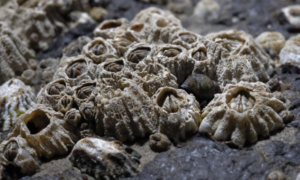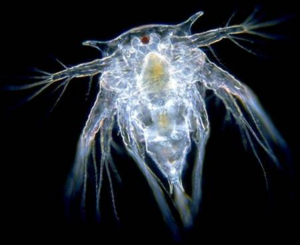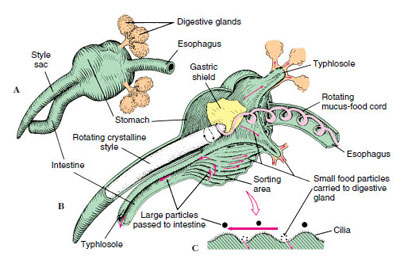
Barnacles
Acorn Barnacle Life Cycle
Reproduction and Offspring <click in any image to enlarge>
Reproduction
Acorn barnacles are hermaphroditic, meaning they have both female and male sex organs.
They are not broadcast spawners and cannot fertilize themselves, so they have to rely on fertilizing neighboring individuals to reproduce suspensefully.
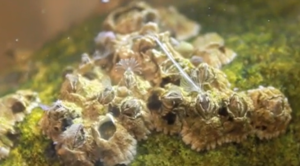
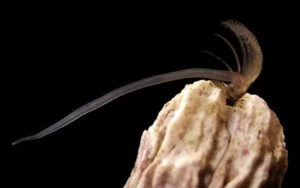
Fortunately, individuals have extremely long penises which can be up to 3 inches (6 times the length of their own 1/2-inch bodies).
Individuals can pass and receive sperm to and from their neighbors within a 3-inch range.
Any barnacle more than this range from any neighbor cannot reproduce.
At the end of mating season, the penis dissolves only to be grown again the following year.
Reproduction and Offspring <click in any image to enlarge>
Each barnacle broods fertilized eggs within their shells. Once hatched, acorn barnacles begin life as free-swimming larvae.
Barnacles have two distinct larval stages, the nauplius and cyprid, before developing into a mature adult.
Caprid larval stage

